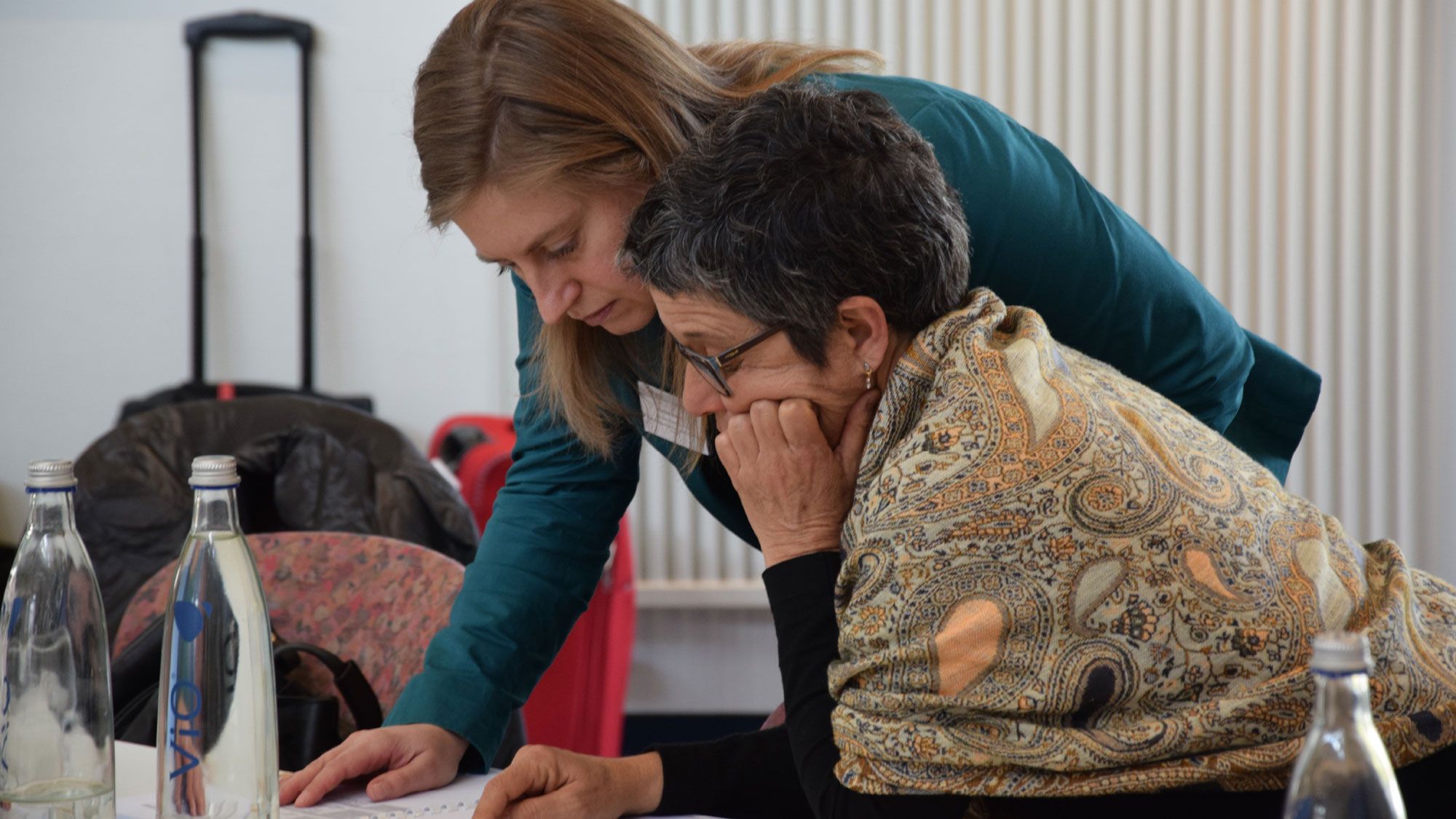Working Poverty On The Rise For The Youth
"Most young people believe that professional success will depend on learning new skills throughout their working lives" (International Labour Organization, 2017, p.80).
The International Labour Organization (ILO) released the new report "Global Employment Trends for Youth 2017. Paths to a better working future" tackling the situation of the youth between the age of 15-24 on the labour market and their perception of trends in labour and economy.
"Youth are three times as likely as adults to be unemployed" (ILO 2017, p.1). This crucial outcome of the report underlines the disadvantaged situation young people are facing today. This global phenomenon hardly changed in the recent years, and thus, pointing out an overall concerning development which calls for a closer look on the life paths of young people and their school to work transition in order to understand patterns e.g. behind youth unemployment.
The development of the unemployment rates are distributed unevenly worldwide (see Figure 1). In Northern, Southern and Western Europe the youth employment is on the decline and has fallen from 23.3 % in 2013 to 18.4 % in 2017 (ibid., p. 18) Although the unemployment rates are on a decline, a new, even more concerning development can be observed. Europe is trending to emerge a working poor among young adults, since the share of young workers living in poverty was by 12.5%in 2015 (ILO 2017, p. 20).

Figure 1 Youth-to-adult unemployment rate ratios by region, 2007–17, Source: ILO, 2017, p. 16
One of the main findings on youth and employment in developed countries is the skills mismatch due to overqualification due to little job opportunities for high skilled workers. On the other hand, "the longer a young person studies, the shorter the transition" (ILO 2017, p.33). So, education and skill matching are key factors in youth employment.
The ILO Report underlines the importance of the YOUNG_ADULLLT projects' scope on looking at policies supporting young adults in their life course, since youth unemployment as well as structural changes in life courses of young adults is a challenging topic all over the world.
References:
International Labour Organization (2017): Global Employment Trends for Youth 2017. Paths to a better working future. Geneva: International Labour Office.

























